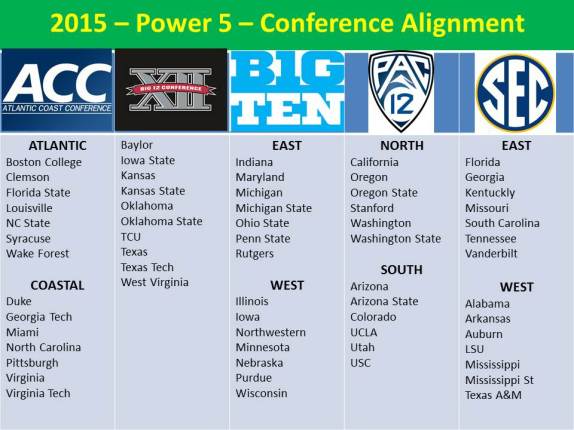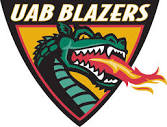I realize that with the start of the Free Agency period yesterday this is a fluid situation, but SOD took a look at every NFL Team’s active roster to see if there was any evidence of a “pipeline” of sorts from one college team to one NFL Team. What we found is not too surprising.
Most NFL teams, of course, have a pretty diverse mixture of players from all over the place. Atlanta, Baltimore, and Cleveland, in fact, had no more than 2 players from the same school listed on their active roster on 3/10/2015. Fourteen other teams had no more than three players from the same school listed as part of their player profile. But, 1 team had 7 players who played on the same college team in their collegiate career; can you guess which NFL Team and which college has this connection?
Think of a NFL Team with a head coach who recently came over from a successful college program. That’s right – the Philadelphia Eagles have 7 players on their active roster who played college ball at Oregon. Like I said, not surprising.
No other team has any more than 5 players from the same school. Cincinnati has 5 players each from Alabama and Georgia – could make for a fun locker room following a certain SEC football game. Dallas lists 5 players from Oklahoma State on its roster; Arizona has 5 former Clemson players on its roster; and, with Russell Wilson listing the Badgers as his collegiate tie, Seattle has 5 from Wisconsin.
Colleges that have placed 4 players on the same NFL team include: Utah with 4 players at Miami; Illinois and Rutgers each have 4 players on New England’s roster; Stanford has 4 Cardinal currently listed on Indianapolis’ roster; there are 4 players from Miami-FL playing for Jacksonville – makes sense; there are currently 4 players from Tennessee playing for Kansas City; 4 Orange from Syracuse are listed as New York Giants; Notre Dame has 4 each with Minnesota and Detroit; USC also has 4 players with the Vikings; the Crimson Tide has 4 ex-Alabama players listed on Green Bay’s active roster; and, 4 players from Auburn are currently getting paid to play for St. Louis.
Based on the high numbers of players some of the big-time schools have playing in the NFL, you would expect to see some clumping on NFL Teams just through the law of averages, but, for the most part, they are pretty evenly spread throughout the league. The further Chip Kelly gets removed from his personal ties with the players from Oregon, you might expect to see that one existing, prominent “pipeline” start to dwindle.
So, no real surprises, but it was fun looking into it.





 Meanwhile, in 1890, at the University of Michigan, a young black man by the name of
Meanwhile, in 1890, at the University of Michigan, a young black man by the name of 
